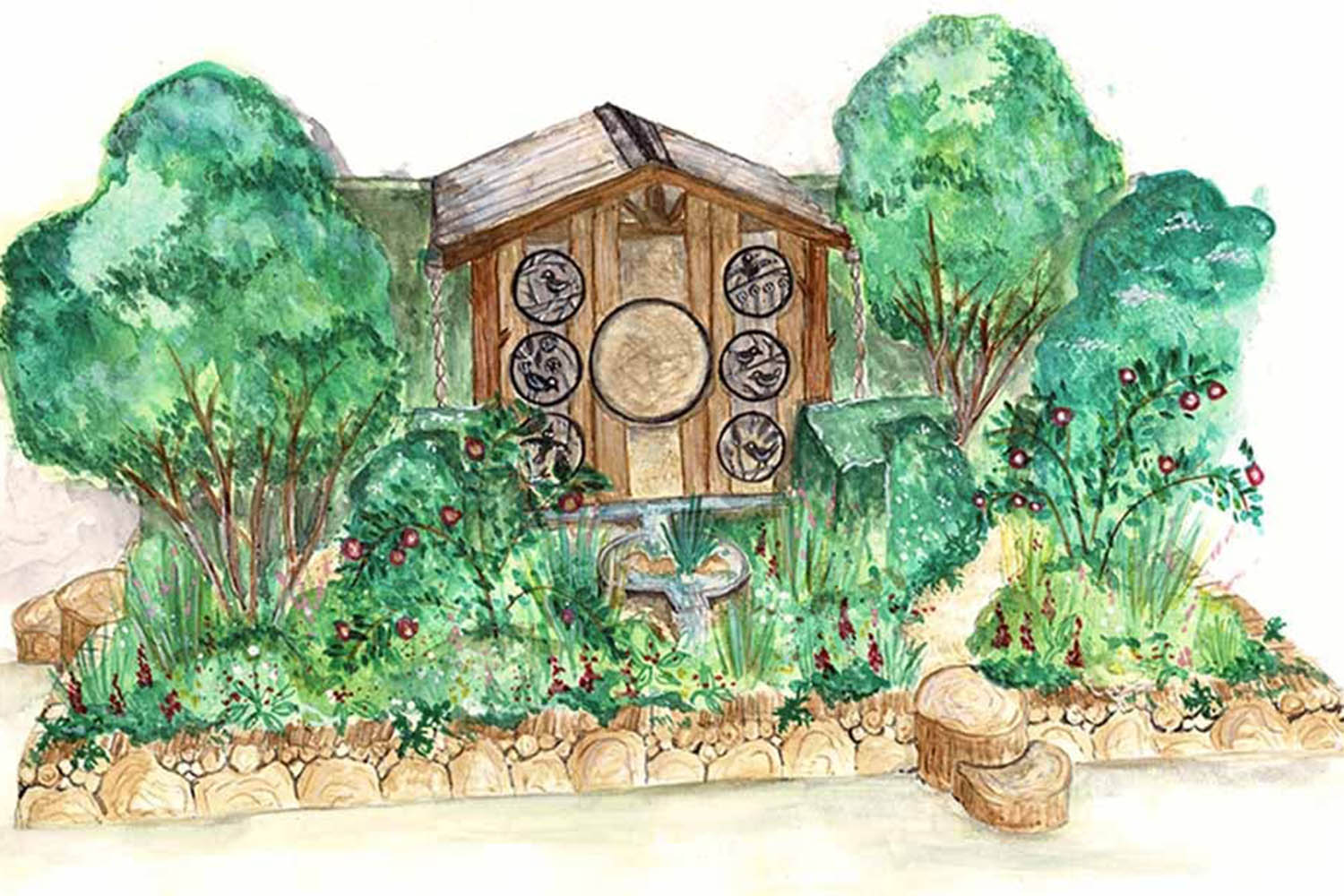In a garden at the Chelsea Flower Show this week is a songbirds’ paradise, designed to show visitors how to provide a sanctuary for some of the UK’s most endangered birds. But amid the rainwater pond and the flowering plants, there will be no nesting boxes, bird feeders or baths.
Bird lovers are inadvertently contributing to the decline of songbirds during the spring and summer by leaving bird feeders and baths uncleaned, becoming a “disease transfer minefield”, said Susan Morgan, head of the charity SongBird Survival, which created the garden.
Diseases can be transferred between birds using feeders, while suet balls have a tendency to melt in the heat, creating breeding grounds for bacteria and mould. “We recommend that, in most areas, you just stick to natural food sources in the summer,” said Morgan. “In the summer, birds have lots of natural food.”
There is also evidence that some birds are using feeders so regularly that they are thriving at the expense of other species, she added. “There’s inter-songbird competition going on and feeders may be helping some generalist species do better than they should. They’re out-competing species like willow tits, which are more specialist, shyer birds.”
The garden, which was designed by Nicola Oakey and funded by Project Giving Back, encourages gardeners to grow plants that produce fruit, seeds and berries as well as providing evergreen habitats for insects and other wildlife that birds like to eat throughout the year. A dead hedge of twigs and thistly teasels is there to attract insects and small mammals.
“We recommend that, in most areas, you stick to natural food sources in the summer, when birds have lots of natural food”
Susan Morgan of SongBird Survival
Flowering plants, such as alpine strawberries and cornflowers, provide birds with ground cover and pollinators to eat, while cockspur thorn trees and blackcurrant bushes offer them safe spaces to feed and shelter overhead. Wherever they go in the garden, a “highway of hedgerows” and evergreen foliage ensures the birds have plenty of nooks and crannies in which to hide, hunt – and sing.
SongBird Survival want it to be a wake-up call, to raise awareness of the estimated 50% drop in UK songbird populations in the past 50 years. “It’s a crisis,” Morgan said. “I cannot overestimate how significant it is.
“The decline of songbirds is hard for people to grasp,” she continued, but the dawn chorus is noticeably quieter and less diverse than it used to be. “Do I fear gardens going silent? Absolutely.”
Data collected by the British Trust for Ornithology indicates some species, such as the willow tit, have dwindled by as much as 90% in 27 years. “There are fewer than 3,000 pairs now,” Morgan added. The numbers of greenfinches, wood warblers and spotted flycatchers have also fallen by more than two-thirds over the same period, while there has been a 40% drop in UK populations of house martins over the last 10 years alone, she said.
There are 28 species on the UK’s “red” list of most threatened songbirds, including skylarks, yellowhammers and nightingales. Even populations of common garden birds such as blackbirds and starlings are “tracking downward” on a yearly basis, Morgan said, adding that the struggle of songbirds to survive reflects wider problems within the ecosystems they inhabit.
The biggest threats these birds are facing include significant declines in the population of insects – “a lot of birds rely on insects to get the nutrition they need and feed their chicks” – and a huge reduction in the numbers of hedgerows in the UK. “As we’ve built more housing, it takes away places that birds can nest and it takes away food sources.”
Anyone with some outdoor space, however small, can make a positive difference to their local ecosystem, she added. “For songbirds, gardens are havens,” she said. “We’d love to have a much wider community of people, all trying to work with us to help these birds.”

